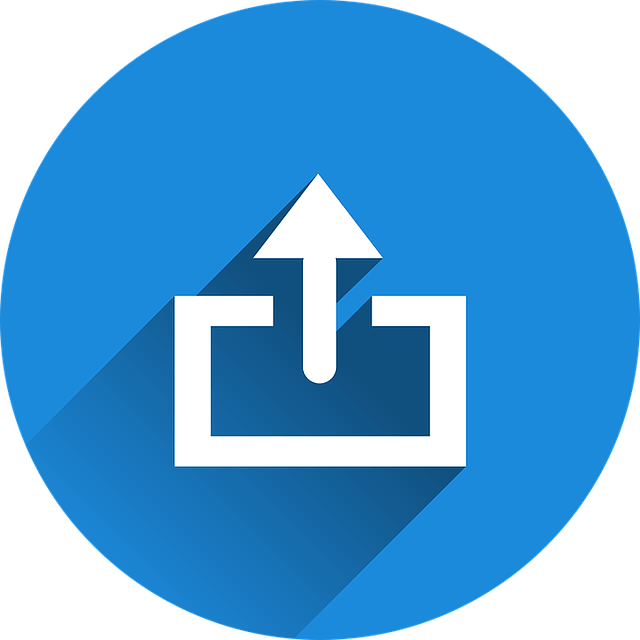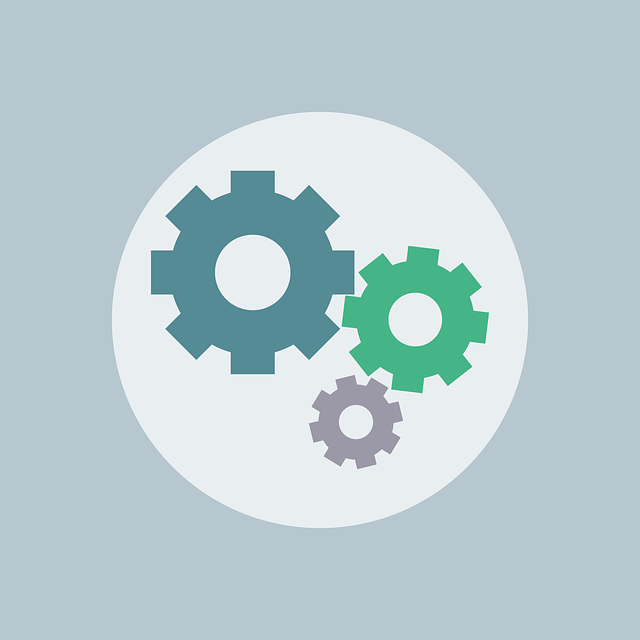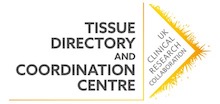Smart data sharing with the TDCC
Do you enjoy data entry? Us neither! We understand that adding information about your sample collections to the Tissue Directory can be challenging. We have been working with commercial laboratory information management systems (LIMS) providers to develop a little program that can help you update your collection information more easily.
Introducing the TDCC submission API!
Application Programming Interfaces (APIs) allow database software systems to communicate with each other. It works like an interpreter at one system, through which other systems can communicate with that system. All interactions between data, applications and devices use APIs - in our case, a biobank’s database software communicating with the Tissue Directory. The API will allow biobanks to skip the manual work of data entry by authorising the upload direct from their databases’ software systems.
You can find out more about APIs on this video by mulesoft.

Speaking the same language
APIs specify the rules of information exchange: this is why the adoption of data standards is so important. For the TDCC Directory and Submission API, we are using the MIABIS data standard for information about samples and the SNOMED coding system for information about diseases. In addition, you need to have software that speaks the same language as both your database and the API for this to work.

Is this going to work with my database?
Good question! A database itself doesn’t communicate; it's the software around it that can. For those biobanks who use a commercial LIMS system this may look the same.
We have worked with various LIMS vendors on the API, but a biobank with any database should be able to interact with the API if they have the right software to do it. This software needs to (a) speak the same language of your database and (b) speak the language of the submission API (HTTP + the contract).
The API is built on well-known standards (HTTP being the most important) and documents its own "contract" for interactions. So, it makes it as easy as possible for others to speak its language. To find out more, get in touch with us.
How do I get started?
It depends on the LIMS system you use - please contact us to find out if we are working with your supplier.
We are approaching testing phase! We want to open this project up to get feedback on how it works and get help in developing on-boarding materials. After the initial testing we will be holding a workshop to explain more on how the API works and get feedback on the documentation. In the meantime, you can visit our GitHub for updates.
You can also visit our test environment which has its own technical documentation and contract for interacting with the API.
Finally, if you’d like to register on the Tissue Directory but don’t think this method is suitable for you, please don’t hesitate to get in touch and we can support you through the process.
